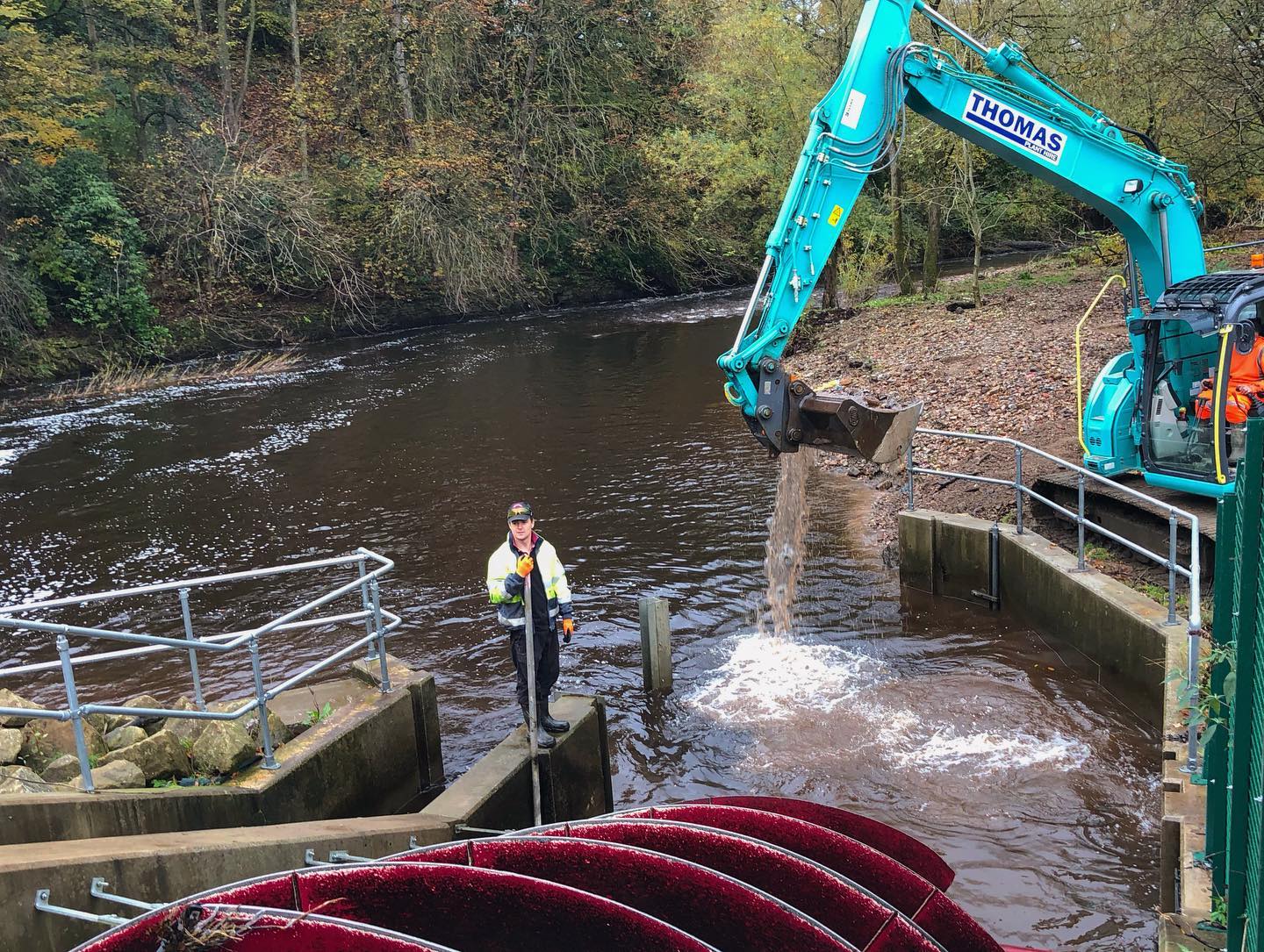Maintaining hydropower plants correctly ensures that they generate as much power as possible, as often as they can. This means that choosing the right maintenance strategy is very important.
Some plant owners take a “reactive” approach to their maintenance. They use their hydropower equipment until something breaks, then once the component has been repaired or replaced, generation can start again. This approach may be tempting as the plant can largely be forgotten about until something goes wrong. However, it can be expensive as downtimes happen at unexpected moments and repair costs are unknown. Hopefully, most plant owners use a “preventative” (or “planned”) maintenance strategy where the tasks are performed at set intervals. In this way, the cost and timing of the maintenance tasks are known, and parts are usually replaced before they fail.
Recently, advances in sensors and the widespread availability of the internet means that maintenance has moved in to the 21st Century. “Predictive” (or “proactive”) maintenance relies on collecting data from the hydropower plant and using the internet to send it to a computer for live analysis. By analysing the data, it is possible to understand how the plant is performing and use the historical data to accurately predict when certain components may require repair or replacement [1]. Compared to preventative maintenance, this means that components can often be used for longer, the timing of maintenance tasks can be planned more precisely, and the long-term health of the plant can be monitored. Preventative maintenance will save you money by getting the most out of components and arranging maintenance tasks so that downtime is kept to a minimum. Some examples of predictive maintenance are:
- Using temperature sensors in bearings to predict their lifetime and when greasing is needed.
- Using sensors to monitor increased turbine vibration which can indicate when components are wearing more quickly.
- Using turbine efficiency data to find out when there has been a sudden change in turbine performance.
Typically for owners of smaller hydropower plants, there are always plenty of planned tasks that still need to take place. Unfortunately, the trash rack probably still needs that regular clean! However, Hydro Maintain suggests several easy changes that can make your maintenance more predictive and hopefully save you some money:
- Record turbine running time. By keeping track of the number of hours that the turbine has been running, you can make sure that you replace components based on the actual length of time that they have been in operation. This way you can save money, by getting the most out of components but replacing them before they fail.
- Take measurements of key components. By regularly measuring key dimensions on a turbine (for example, the thickness of a screw flight or the depth of a Pelton bucket), you can keep track of how quickly the turbine is wearing. This means that you can plan financially for when a major overhaul may be required.
- Check fluid samples from hydraulic power pack. By checking the colour of fluid regularly, you can keep track of its health and predict when an oil change may be needed. It is far better to replace fluid at the right time rather than risk an expensive failure due to fluid contamination [2].
Hydro Maintain can help kickstart a predictive maintenance strategy. By visiting a site, we can start or update a “Priority and Recommendations Log” to ensure that you know what needs to be done and when. We can install the equipment needed to monitor your site and make sure that you can understand the data so that you know when maintenance is needed. Call us on 0330 1331 555 to learn more about our hydro maintenance services or send an email to enquiries@HydroMaintain.com.
If you want to predict the future, contact Hydro Maintain today to change your hydro maintenance strategy!
Reference
[1] Betti, Alessandro, Emanuele Crisostomi, Gianluca Paolinelli, Antonio Piazzi, Fabrizio Ruffini, and Mauro Tucci. “Condition monitoring and predictive maintenance methodologies for hydropower plants equipment.” Renewable Energy 171 (2021): 246-253. [2] https://www.valmet.com/media/articles/up-and-running/reliability/RTHPUTrouble/


